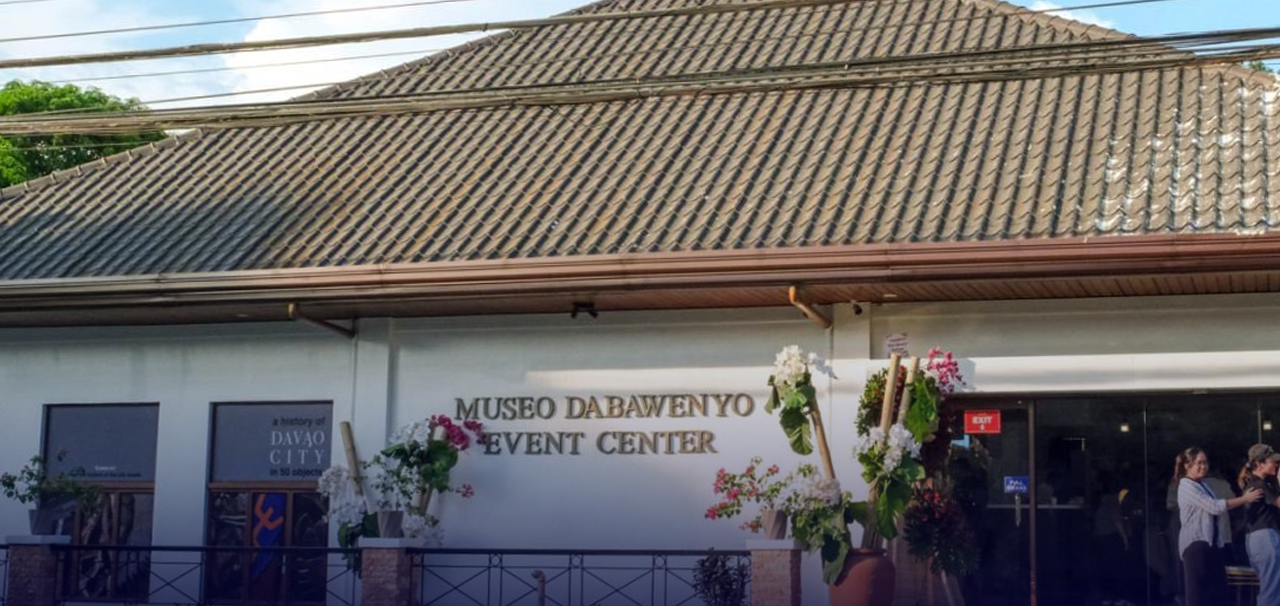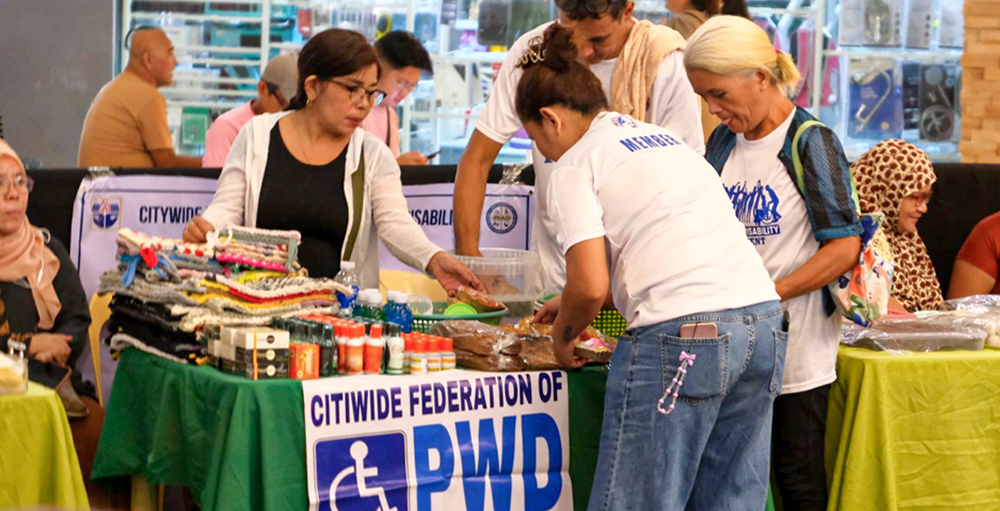The Museo Dabawenyo Event Center officially opened its doors to the public with an exhibit of 50 objects that are connected to Davao City’s rich cultural identities, heritage, and history.
“A History of Davao City in 50 objects” is an exhibit first staged before the pandemic.
Prof. Pamela Castrillo, the museum’s curator, said they re-staged the exhibit on the opening of the event center as the objects and artifacts highlight the city’s first peoples, its settlers, and foreign nationals who worked together to develop the city.
She also said that the descriptions for every artifact and object in the exhibit are written in both English and Binisaya.
The inauguration of Museo Dabawenyo Events Center on May 9 was participated in by the deputy mayors of the Bagobo Klata and Bangsa Iranun, City Administrator Atty. Francis Mark Layog, Councilors Pilar Braga and Al Ryan Alejandre, and other officials of the city.
Councilor Pilar Braga, Chairperson of the Committee on Education, Health and Technology, Arts and Culture, said that the opening of the events center is a continuation of a promise to preserve, promote, and pass on the rich and diverse heritage of Davao City to every Dabawenyo.
The Museo Dabawenyo Events Center is open from Monday to Saturday at 8:30 a.m. to 5:30 p.m. It is located in Barangay 10-A, Mabini St., just behind the Davao City National High School. Admission to the Museo is free.
Braga also said that although the events center now serves as the Museo Dabawenyo’s permanent location, a five-storey building intended for the Museo is forthcoming located just beside the event center.
Mayor Sebastian Duterte, in a message read by Layog, expressed his gratitude to the Philippine Women’s College for housing the Museo Dabawenyo at its Mindanao Folks Art Museum for six years prior to moving at the event center.
He also said that the inauguration of the Museo Dabawenyo Event Center is another milestone of the city’s continued pursuit of preserving its cultures, traditions and beliefs, and promoting cultural understanding and harmony.
“Museo Dabawenyo has stood as one of the symbols of the rich history and diverse cultural heritage of Davao City shaped by the collective identity and human experiences that binds us as Dabawenyos,” he said.
The Museo Dabawenyo remains a treasure trove of the city’s rich cultural tapestry, its history and the story of its inhabitants from the 11 ethnolinguistic groups to the settlers that has contributed to its consistent growth and progress.
The City Government of Davao hopes that the Museo Dabawenyo becomes not only a repository of arts and artifacts, but also as a haven for creative expression, learning, and community engagement.
“Through this facility we hope to encourage more Dabawenyos, especially the youth to value our local multi-cultural identity and to take pride in our shared history,” Duterte said.
Dabawenyos, especially the students, are urged to visit Museo Dabawenyo to know more about Davao City and its journey towards a progressive future by tracing and reconnecting with its past. CIO



